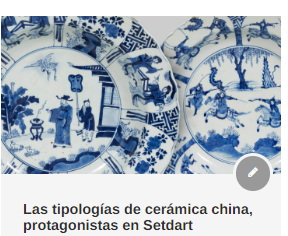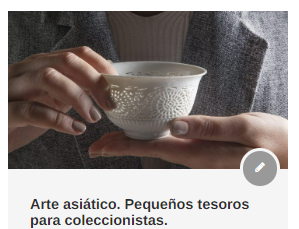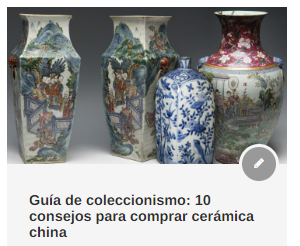Oriental Treasures
Setdart presents, as part of a private Anglo-Spanish collection, a selection of oriental pieces that bring together many of the artistic techniques that have fascinated the West since the sixteenth century.
Although the eastern lands of Asia were not unknown to Europeans, thanks in part to Marco Polo, until the 15th century these two cultures had lived in virtual isolation from each other, establishing small intermittent links between merchants and nomads. Thanks to the advances in geography that marked the beginning of the Modern Age, the riches of the five continents became a whole that began a tireless flow around the globe, which continues to this day.
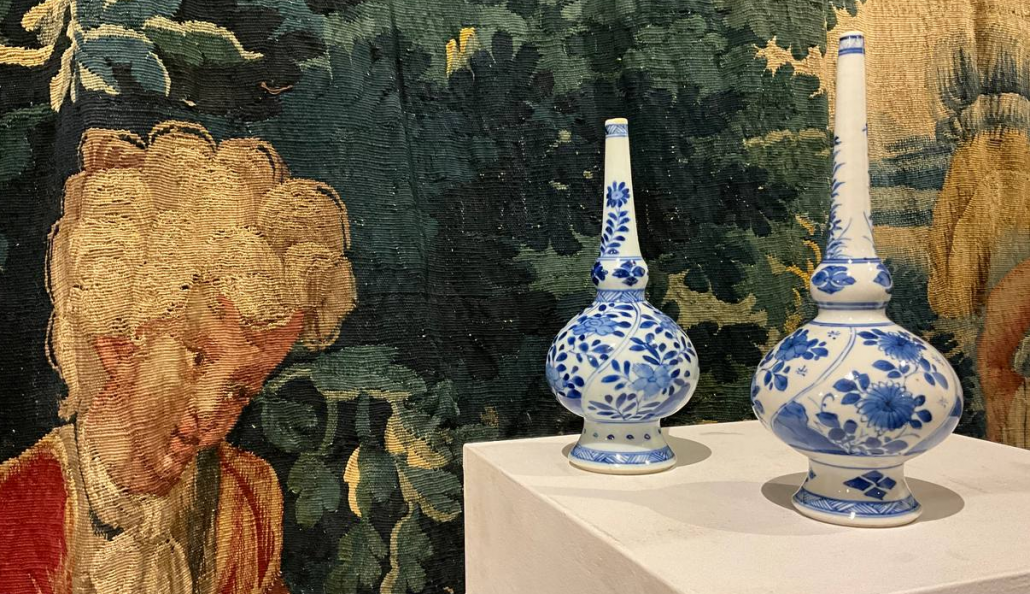
Pioneers in this network of maritime communications were Spain and Portugal, whose flood of products, never before conceived, to the ports of Seville and Lisbon provokes a feverish fascination that translates into lucubrations, legends and, above all, huge commercial exchanges. The monopoly would only last a century, as the English and Dutch would soon claim their piece of the pie with the creation of the East India Companies.
Catherine of Austria or Philip II were also enraptured by oriental treasures, distributing them as gifts to European courts or forming part of their personal collections.

This taste did not decline in the following centuries, but on the contrary, reached its zenith in the eighteenth century with porcelain as the protagonist. Created specifically in the potteries of Jingdezhen, it combined Chinese motifs with elements or typologies of the Western tradition, sometimes in response to private commissions.
Paradigmatic examples, which speak of this extraordinary union, can be found in the pieces we are bidding for.

The lot 35312897, a dish from the Wanli period, is a good first testimony of those pieces made for export, and whose name, perhaps, is related to the Portuguese carracks, Portuguese merchant ships that populated the coasts of the old continent.

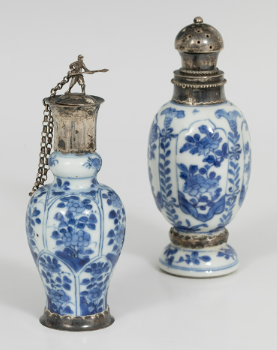
Moving forward in time, already within the Qing Dynasty, Kangxi period, on the threshold of the eighteenth century, appears the Batavia or “coffee with milk” porcelain, represented in the lot 35314969, which takes its name from the current Jakarta, where the Dutch East India Company had established its center of operations; possibly it owes its hue to the Yixing ceramics, in a desire to unite its characteristics with those of porcelain. Without leaving the Kangxi period, other pieces that recall the synthesis of cultures are those of the lot 35314919, with mounts in Dutch silver.

Finally, and as proof of all the influence that Chinese culture has had in the West, a piece, that of the lot 35315011 that, after a first glance, could pass for a Cantonese vase of the pink family for export, but that after a more detailed analysis reveals its true origin: England. There are many European manufactures that, due to the success of Chinese porcelain, emulated its style for a clientele eager for “chinoiserie” at more popular prices, as could be the case of Chelsea or Samson, the latter in France.
This is a unique opportunity to approach works of art that continue to arouse an unprecedented artistic fervor among collectors, extraordinary works that bring together the artistic views of two worlds forced to understand each other.

